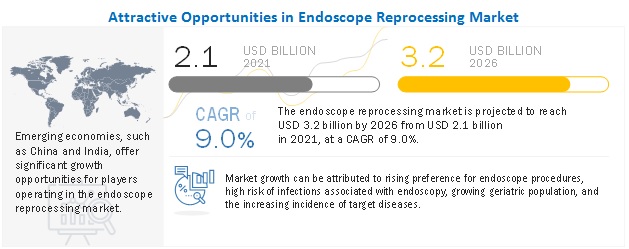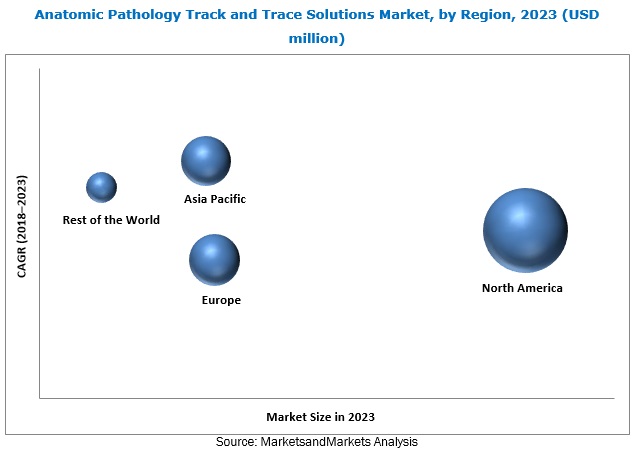MarketsandMarkets Research Report’s View on Revenue Impact?
The patient lateral transfer market is expected to reach USD 446.2 million by 2025 from USD 288.7 million in 2020, at a CAGR of 9.1% during the forecast period of 2020 to 2025.
Factors Responsible for Growth and In-Depth Analysis?
Due to the outbreak of corona virus globally, there is a sudden rise in the demand for patient lateral transfer devices. The growth in this market is majorly driven by the high risk of injuries to caregivers during the manual handling of patients, implementation of regulations to minimize manual patient lifting, and the advantages of lateral transfer devices in overcoming persistent difficulties in handling patients with special conditions. However, the lack of training to caregivers for the efficient operation of patient handling equipment is expected to restrain the growth of this market.
– In April 2020, Handicare divested its Patient Handling Europe business to Direct Healthcare Group (UK).
– In February 2020, Sizewise signed an agreement with LINET (Europe).
Download PDF Brochure: https://www.marketsandmarkets.com/pdfdownloadNew.asp?id=93948116
Leading Key Players and Analysis:
Some of the prominent players in Patient Lateral Transfer Market are Stryker Corporation (US), Hill-Rom Holdings, Inc. (US), Sizewise (US), Arjo (Sweden), Haines Medical Australia (Australia), Handicare (Sweden), Medline Industries, Inc. (US), AliMed (US), and Airpal Inc. (US).
Stryker Corporation held 25%-27% share in the patient lateral transfer market. The company provides a suitable range of products in the air-assisted lateral transfer market such as the Sage Prevalon Air Transfer System (MATS). This system reduces the potential risks for back injury. Stryker Corporation has a substantial geographic presence and has rich experience in the global market, making the company one of the top players in the air assisted lateral transfer market. The company has maintained its position in the air-assisted lateral transfer market by focusing on inorganic growth strategy such as acquisitions. For instance, in 2019, Stryker Corporation (US.) acquired Wright Medical Group N.V. (US), a leading medical device company to advance innovation, improve outcomes and reach more patients.
Geographical Analysis in Detailed?
The patient lateral transfer market is segmented into five major regions, namely, North America, Europe, Asia Pacific, Latina America, and the Middle East and Africa. In 2019, North America accounted for the largest share. The large share of North America can primarily be attributed to the growing number of COVID-19 cases, rising prevalence of musculoskeletal disorders among caregivers, growing geriatric population, and the increasing incidence of chronic and lifestyle diseases. Due to its growing geriatric population segment and environmental conditions have favored the spread of COVID-19 which has severely affected the region and ensured enormous growth in the demand for patient lateral transfer devices. Players in this and adjacent, or even non-related, markets have focused on or collaborated for expanding the products of patient lateral transfer.
Request Sample Pages: https://www.marketsandmarkets.com/requestsampleNew.asp?id=93948116
Industry Segmentation:
Rise in the musculoskeletal injuries to caregivers while man handling patients to drive the demand for patient lateral transfer.
Based on product, segmented into air-assisted lateral transfer mattresses, sliding sheets, and accessories. The air-assisted lateral transfer mattresses segment accounted for the largest market share in 2019. The large share of this segment can be attributed to the advantages of these mattresses in overcoming persistent difficulties while handling patients with special conditions.
The hospitals segment accounted for the largest market share in 2019
Based on end users, segmented into hospitals, ambulatory surgery centers, and other end users. Hospitals accounted for the largest share of the patient lateral transfer market in 2019. This can be attributed to many patient admissions in hospitals, rising prevalence of various chronic conditions, and growing regulatory norms to use safe patient transfer equipment. Ambulatory surgery centres are expected to witness the highest growth during the forecast period, mainly due factors such as the growing number of digitalization in healthcare field such as mhealth and teleradiology.
Speak to Analyst: https://www.marketsandmarkets.com/speaktoanalystNew.asp?id=93948116






